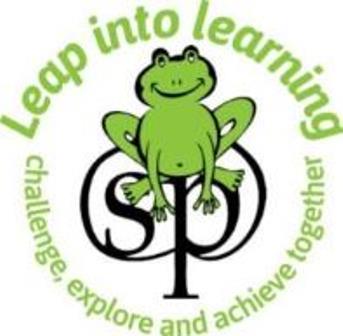Right Respecting School (RRS)
Becoming a Unicef UK Rights Respecting School
QUESTIONS & ANSWERS
It is an exciting time in the life of Swavesey Primary school. We have embarked on a journey which will benefit the whole school community, from pupils and staff to parents and governors. Here’s what we think you might like to know about it!
|
You might ask…
|
As school leaders we think that… |
|
What is a Unicef UK Rights Respecting School?
|
When schools get involved, the children learn about their rights by putting them into practice every day. Children and adults will learn about the United Nations Convention on the Rights of the Child (UNCRC) which outlines what children need to survive and thrive, becoming the best they can be and achieving their potential. |
|
Why is this happening?
|
A Unicef UK Rights Respecting School models rights and respect in all its relationships, whether between adults and pupils, between pupils or between adults. It is proven to benefit everyone in the school community to grow and learn together. Read more about the Award at www.unicef.org.uk/rrsa |
|
How will becoming a Rights Respecting School benefit my child(ren)?
|
This approach works in many schools across the country to improve well-being and develop every child’s talents and abilities to their full potential. Headteachers from schools involved in the Award say it has improved children’s and young people’s respect for themselves and others and contributed to children and young people being more engaged in their learning. |
|
How can I get involved?
|
We hope you will support the school’s journey to become a Unicef UK Rights Respecting School. Please do read about the Convention and Unicef’s work (see below) to see what it’s all about! |
|
What is the Convention on the Rights of the Child? |
In 1989, governments worldwide promised all children the same rights by adopting the UN Convention on the Rights of the Child. The Convention recognised that all children have the right to be treated with dignity and fairness, to be protected, to develop to their full potential and to participate. The rights in the Convention describe what a child needs to survive, grow, and live up to their potential in the world. They apply equally to every child, no matter who they are or where they come from. The Convention changed the way children are viewed and treated – in other words, as human beings with a distinct set of rights instead of as passive objects of care and charity. It is the most widely ratified human rights treaty – only the United States has not ratified it. The UK signed up to it in 1991. A summary of the Convention (pocket book of rights) is available below |
|
What is Unicef? |
Unicef is the world's leading organisation for children and young people, promoting the rights and wellbeing of every child, in everything they do. Together with their partners, Unicef works in 190 countries to translate that commitment into practical action. Unicef UK is a registered charity. It raises funds through donations from individuals, organisations and companies and campaigns to keep children safe. Unicef UK also works with schools, hospitals and local authorities in the UK to put children at the heart of what they do. To find out more about Unicef, go to |
Please do get in touch with us if you would like to know more.
Please see below the 'Trail' flyer for the 'Standing Tall' exhibition in Cambridge, which will include Riley, our Rights' Respecting Giraffe'.
